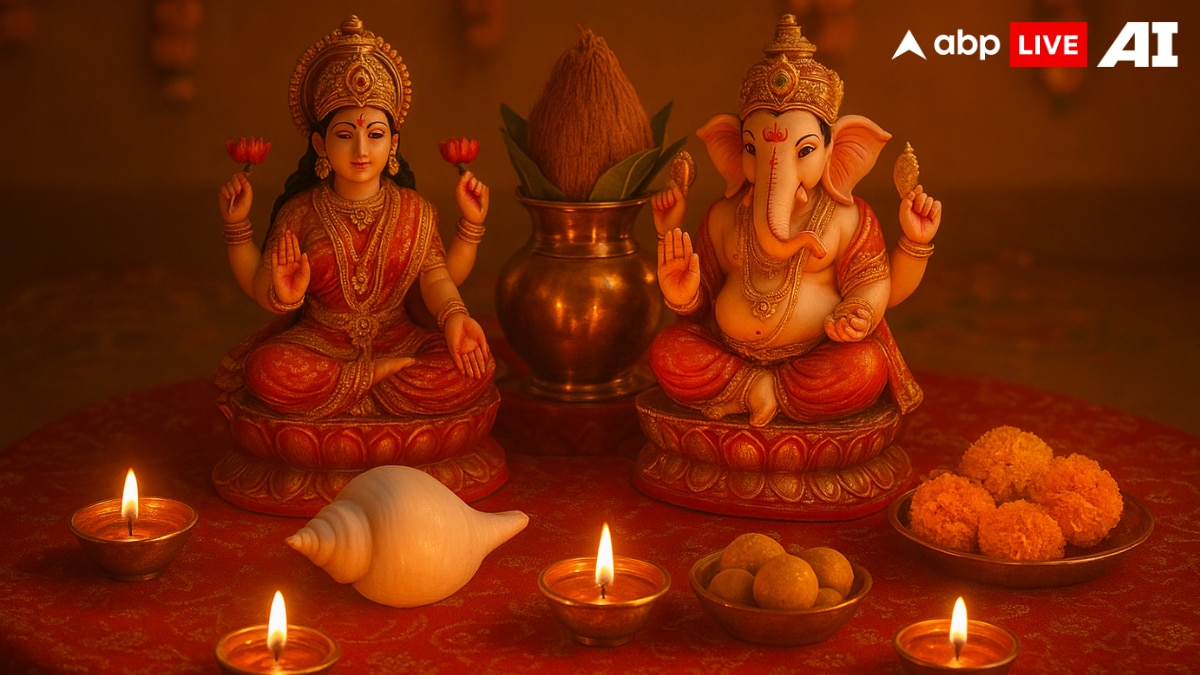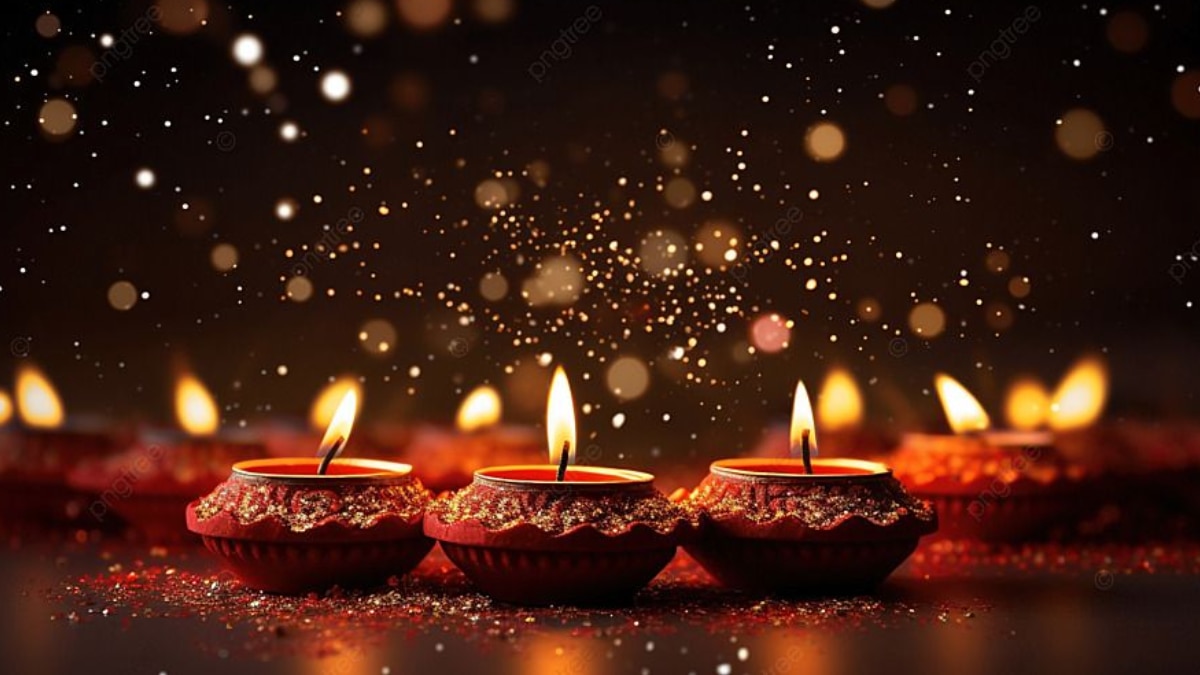Diwali 2025: Diwali 2025 is not just a festival of lights and decorations, it is a sacred occasion for worshipping Goddess Lakshmi to invite prosperity, wealth, and happiness into homes. While diyas, rangoli, and torans are central to the celebrations, the shankh holds a special place in Lakshmi Puja rituals. For centuries, devotees have followed the tradition of buying and using a Shankh during Diwali to enhance positive energy and spiritual blessings.
This year, Diwali falls on Monday, 20 October 2025, making it the perfect opportunity to understand the religious importance of the Shankh in Lakshmi Puja.
The Significance Of The Shankh In Lakshmi Puja
In Hinduism, the Shankh is considered highly sacred. Symbolising the vastness of the ocean and auspiciousness, it is believed that keeping and using a conch during rituals removes Vastu defects and protects the home from negative energies. During Diwali, the conch helps purify the environment and create a spiritually charged atmosphere conducive to prosperity.
Connection With Goddess Lakshmi
Goddess Lakshmi, the Hindu deity of wealth and abundance, is strongly associated with positive energy and prosperity. According to ancient scriptures, using a natural, pure Shankh during Lakshmi Puja channels positive energy into the home, increases wealth, and attracts blessings. Traditional texts recommend white or light-coloured conches for their auspicious properties.
Using The Shankh During Diwali 2025
On Diwali 2025, devotees are encouraged to blow the conch during Lakshmi Puja to invite financial prosperity, peace, and happiness. Small mantras or prayers can be recited while blowing the conch to amplify its spiritual effect. Ancient scriptures even describe the conch as the “brother of Goddess Lakshmi,” which explains why it holds special significance during the festival.
Other Ritual Essentials For Diwali
Besides the Shankh, decorative torans, diyas, rangoli, and sweet offerings hold vital importance in Diwali celebrations. Homes should be cleaned and arranged neatly before puja, with diyas lit in front of Goddess Lakshmi and Lord Ganesh, and bhog (sweets) offered to complete the ritual.
[Dislaimer: The content of this article is based solely on beliefs and should be taken as general guidance. Individual experiences may vary. ABPLive.com does not assert the accuracy or validity of any claims or information presented. It is strongly recommended to consult a qualified expert before considering or implementing any information or belief discussed herein.]





